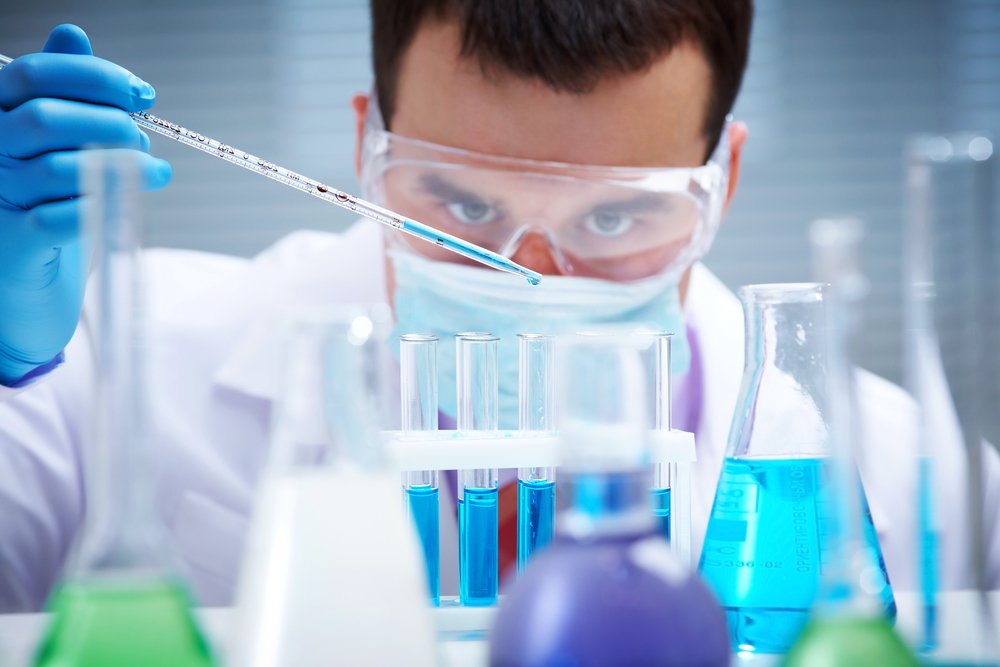Chemistry wet laboratories include specific significant threats and risks. As laboratory assistance, you need to learn how to work safely with these risks to avoid any injuries to yourself and other individuals around you.
For that reason, it is your responsibility to make a consistent effort to think about the prospective risks connected with what you are doing and considering about how to work safely to decrease these dangers as much as possible.

Here are the following guidelines which are designed to help to comprehend and act according to the concepts behind them to help everybody to remain as safe as possible.
Please make sure you are familiar with the preventative security measures, danger warnings and treatments of the experiment on the spill containment kit or when you are carrying out before you start any work.
Bear this in mind, anybody who stops working to be governed by the Safety Regulations undergoes the disciplinary action and possible removal from the lab and course.
Safety Rules
Firstly, get yourself familiar with the security information provided to you about each of the experiment. This likewise consists of the manual, security guidelines or any other published information offered.
When managing the experiment, you likewise are advised always to wear safety glasses. Contact lenses are strictly forbidden; you also require using a faceguard when asked for by the laboratory assistant.
Next, the shoes must cover the foot and heel. You likewise must wear a laboratory coat with long pants in all chemistry laboratories.
You likewise need to guarantee your workspace and the standard work areas neat. Please ensure the aisles that there is no any object unblocks safety showers and doorways.

Chemical Safety
The vapours of many natural solvents are combustible or combustible. Therefore, keep all the combustible objects in the flammable cabinet. Do not expose electric triggers, open flames or heating components to the organic solvent vapours.
Moreover, lots of chemicals are harmful, so avoid directly smell or taste the chemical. You can do so by fanning the vapours towards your nose if required.
It is smart to never breathe in the dust or fine powders. When needed, you can utilise fume hood along with the personal protective equipment.
You are required to be careful and extremely cautious when transferring, distilling or refluxing unstable liquids and do not return pre-owned chemicals into the chemical cabinet.
You also need to make sure that all the test tubes which containing reactions are pointed away from individuals, especially when they are being heated up.
First Aid
Chemical Spilled on the Skin Over a Large Area
Eliminate all the contaminated clothing while utilising the security shower to flush the chemical from the skin immediately when there is chemical spilt. Regularly to rinse the affected area with water for a minimum of 20 minutes and do not utilise chemical neutralisers.
Chemical Splashed into the Eyes
Quickly flood the eye at emergency eyewash with water to dilute and eliminate the chemical if splashed into the eyes. Hold the eyelids open up to help with the procedure. Continuously flush the eyes for a minimum of 20 minutes.
Also, use some clean dressings over both eyes and schedule immediate medical help, despite the severity of the injury.

Burns
On top of that, burns are the most common injury in the chemistry lab. There are generally of either the chemical or thermal type.
For this reason, apply for the emergency treatment for the burnt surface of the thermal type that involves immersing the burned part in the freshwater or using the ice pack to alleviate the pain and prevent blistering or swelling.
